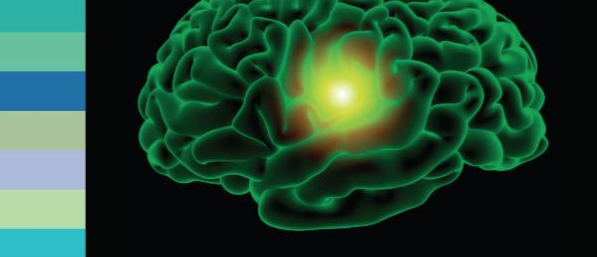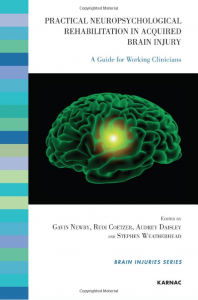
Newby book success on neuropsychological rehabilitation

Experience is a wonderful thing and all the more satisfying when you have the opportunity to share it. In late 2009 Gavin was lucky enough to be approached by Karnac Books to write a textbook about neuropsychological rehabilitation with people who have suffered an Acquired Brain Injury.
Gavin set about putting together an editorial team of august UK-based neuropsychologists that included Dr Rudi Coetzer from the North Wales Acquired Brain Injury Team, Dr Audrey Daisley from the Oxford Centre for Enablement and Dr Stephen Weatherhead from Lancaster University. We persuaded a uniquely multidisciplinary group of clinicians (including Helen!!) to put fingers to keyboards.
Gavin probably didn’t realise what an enormous task he had taken on in being lead editor and main contributor. However, after many a long night at the computer coalface Practical Neuropsychological Rehabilitation in Acquired Brain Injury: A Guide for Working Clinicians was published in 2013.
We think Practical Neuropsychological Rehabilitation provides a realistic, straightforward and useable guide for ordinary clinicians. All of the contributors work in the UK and understand the challenges of working with brain injury within the financial restrictions placed on a shrinking health economy. Jargon was kept to an absolute minimum and concepts were illustrated as much as possible with real case material. This book is suitable for all practitioners who come into contact with brain injury and is not exclusively a book for experienced clinical neuropsychologists.

The book is arranged in three parts. Part I contains chapters on behavioural neuroanatomy, meaningful neuropsychological assessment, community rehabilitation, and how to engage clients in therapy. Part II focuses on how to work with the complex and real situations that clinicians find themselves being asked about such as low awareness states, relationships, parenting, returning to work and driving, mental capacity (Helen’s chapter), group work and using texts and emails as therapeutic tools.
In Part III, there are chapters on how to manage an ABI service and ensure ongoing continuing professional development. Finally, in Part IV, we hope that we successfully tie together all of the insights provided in the preceding chapters to demonstrate how even one case might tap into all of the issues discussed in the book.
If you want to read more, you can check out Practical Neuropsychological Rehabilitation in Acquired Brain Injury: A Guide for Working Clinicians on http://amzn.to/1K43dXS